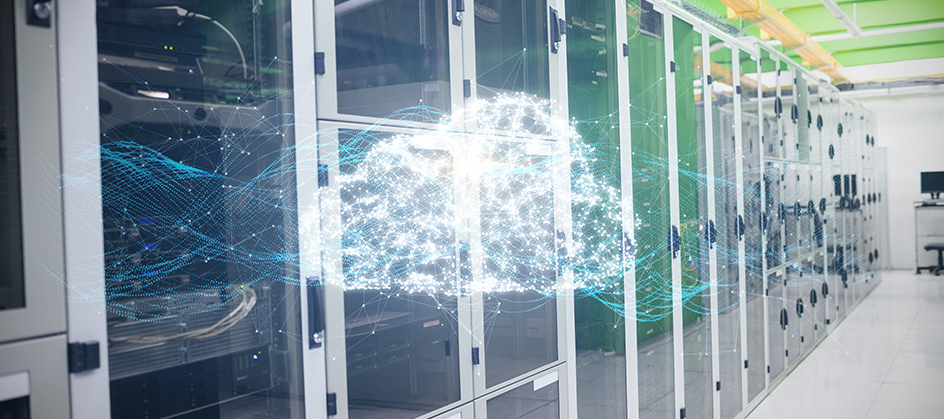It’s probably 9 out of 10 times that things like BITCOIN and such other cryptocurrencies come to people’s mind when they hear the term “BLOCKCHAIN“. And, why not? BITCOIN was what resulted in the Blockchain technology hogging the limelight in the modern digital technological era and slowly but steadily, the Blockchain technology has gone on to become one of the most disruptive technologies of our age. The mushrooming of all sorts of cryptocurrencies in recent times has also played a huge role in the Blockchain technology becoming one of the most popular tech buzzwords of modern times. But it clearly needs to be understood that the “BLOCKCHAIN” technology is not only about cryptocurrencies or digital currencies but certainly way more than those. New applications and use cases of the “BLOCKCHAIN” technology keep coming out every day, as Blockchain continues to revolutionize the industry.
First things first, what is a “BLOCKCHAIN”?
Blockchain is a way of storing data in a distributed database – a public ledger where the data is stored on several computers across a network of computers. Traditional databases are usually centralized, and the data is normally managed by one process or computer, whereas in a blockchain, there is no single ‘controlling’ computer or ‘Boss’. Decentralization is one of the key features of the Blockchain.
The Blockchain is often referred to as a ‘ledger based’ system. Some call it the ‘Distributed Ledger Technology’. In a normal database, data can be updated or deleted. Blockchain is different – by its design, existing information can never be updated or deleted in or from a Blockchain; only new information can be added to the Blockchain and even changes are recorded as new information.
With Blockchain, all data – the entire blockchain, is usually stored on all computers within the network. Every computer or node communicates with the others. Because the entire blockchain is stored on all nodes, this provides security for the blockchain. The blockchain security works by consensus. So, if two computers or nodes within the network disagree about the contents of the blockchain, the version stored on the majority of the nodes or computers is used. If a malicious user were to attempt to update or corrupt the blockchain, he/she would need to do that on over 50% of all the computers or nodes storing the blockchain. The Blockchain network may involve hundreds and thousands of computers or nodes, making the chance of ‘a malicious intent to corrupt’ happening much, much more difficult in practice.
Also, with the entire blockchain getting usually stored on all computers or nodes within the network, such a structure provides the advantages of resiliency, reliability, and availability. Even if one or several nodes fail, there is no (or very limited) outage.

How does the Blockchain fit into the IBM Mainframes?
Scalability
Blockchain applications, by their nature and design, are meant to scale up as time progresses. And, which other computing platform on earth can scale up so seamlessly as do the IBM Mainframes? So, hosting enterprise blockchain applications on the IBM Z machines only seems to be a natural fit—let the blockchain scale as the workloads scale, and the businesses needn’t worry at all.
A ‘KILLER’ dual pairing of RELIABILITY and AVAILABILITY
The reliability of the mainframes for hosting data is unquestionable since ages. As far as availability is concerned, the mainframes are a “near zero downtime” platform. With the ‘Instant Recovery Boost’ feature now available with the new IBM z15 machine, you will not find any other computing platform that would even come as close, in terms of reliability and availability, to the IBM zMainframe computing platform, let alone surpass it.
The blockchain structure also provides the advantages of resiliency, reliability, and availability, with the entire blockchain getting usually stored on all computers or nodes within the network. And, thus, hosting data stored on enterprise blockchain applications on the mainframes can only help the businesses achieve that ‘unparalleled’ level of reliability and availability.
Security
Security ingrained into the ‘unalterable’ blocks of data that make up the blockchain is one of the key features that businesses want to take advantage of while thinking about implementing blockchain. Just as security is ‘ingrained’ into the blockchain, the mainframes, since their commercial inception, have been known to be the most secured computing platform and with security features like ‘Pervasive Encryption’ and the newly introduced (with the new z15) industry-first “Encryption Everywhere” feature which IBM calls the ‘IBM Data Privacy Passports’, mainframes are as ‘SECURE’ as ever.
Hosting enterprise blockchain applications on the mainframes could, therefore, mean that hacking data and transactions could technically be one of the most challenging tasks to accomplish.
Take advantage of the legendary computing power that the IBM mainframes have to offer
Enterprise blockchain applications and use-cases usually revolve around such processor-intensive tasks as cryptographic hashing. Such computing-intensive tasks that are usually inherent to enterprise blockchain applications require businesses that they deploy their blockchain applications on computing platforms that are reliable enough to be able to run their applications by constantly allowing the applications to take advantage of tremendous computing power. And, businesses worldwide can find no better platform than the IBM mainframes as far as the computing power is concerned.
SUMMARY
If you have read till this point, you should already have enough understanding as to why hosting enterprise blockchain applications on the mainframes only seems to be a natural fit. Secure, enterprise blockchain solutions can be seamlessly delivered on the new z15 as well, using the IBM Blockchain Platform.








An Informative article, thank you for posting,